This is my first time trying to program an Atmega32u4. I made a PCB with the following schematic:
Now I've soldered all the parts onto the PCB, and I've plugged a micro usb cable from my computer into J1.
I assumed that when I pressed down SW1, the bootloader would activate and and the device would register as a serial device on my computer, so that I can program it using avrdude.
However, when I pressed the reset button, I couldn't find which port it's communicating over. I tried the command avrdude -p m32u4 -P USB -c avr109 to intialise it, just in case that port happened to work, but the output was:
avrdude: ser_open(): can't open device "USB": No such file or directory
avrdude done. Thank you.
So what's the issue here? Is there something wrong with my schematic, or with my software approach? Again, I'm a complete beginner to this, so any information at all is useful.
EDIT: I plugged it into a different USB port on my computer and now lsusb lists: "Bus 001 Device 020: ID 03eb:2ff4 Atmel Corp. atmega32u4 DFU bootloader", however when I try to use dfu-programmer (as has been suggesteed), this happens:
j4cob-antergos :: /sys/class/tty » sudo dfu-programmer atmega32u4 dump --debug 4 5 ↵
target: atmega32u4
chip_id: 0x2ff4
vendor_id: 0x03eb
command: dump
quiet: false
debug: 4
device_type: AVR
------ command specific below ------
0% 100% Reading 0x7000 bytes...
[ X ERROR
EDIT 2: I tried to use avrdude instead again, and this happened:
j4cob-antergos :: ~ » sudo avrdude -p m32u4 -P usb -c flip1 1 ↵
avrdude: Warning: Failed to read USB device string 1: Input/output error
avrdude: Warning: Failed to read USB device string 2: Input/output error
avrdude: Warning: Failed to read USB device string 3: Input/output error
avrdude: Warning: USB bDeviceClass = 255 (expected 254)
avrdude: Error: Failed to reset DFU state: Input/output error
avrdude: AVR device initialized and ready to accept instructions
Reading | | 0% 0.00savrdude: Error: DFU_DNLOAD failed: Input/output error
avrdude: Error: Failed to get DFU status: Input/output error
avrdude: error reading signature data for part "ATmega32U4", rc=-1
avrdude: error reading signature data, rc=-1
avrdude done. Thank you.
This is looking more hopeful, but at this point it seems like my schematic just doesn't work. Any thoughts?

